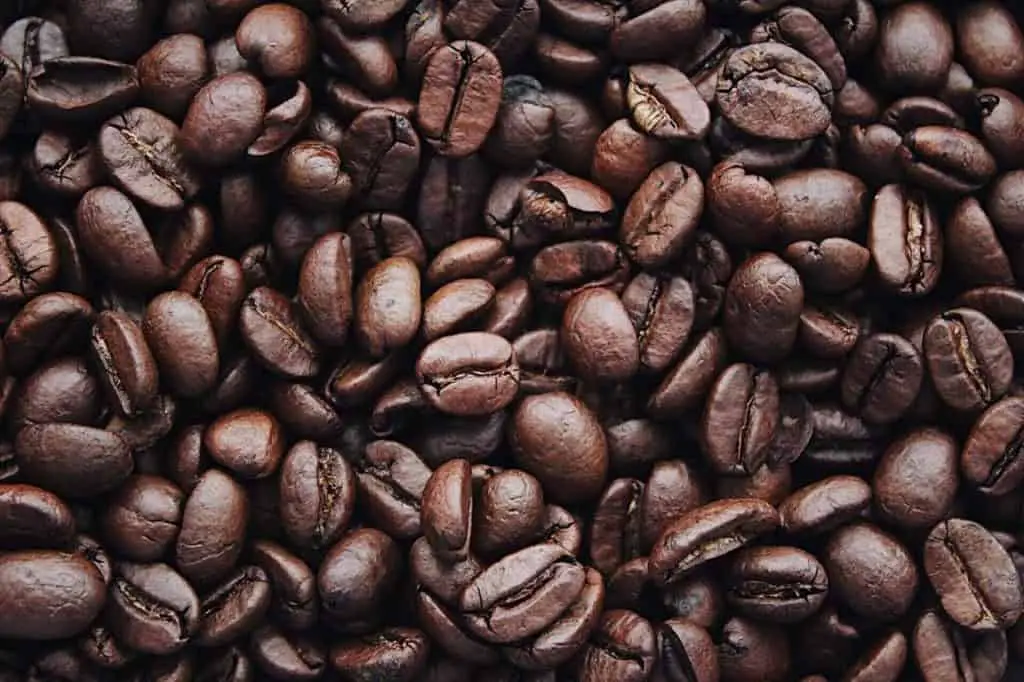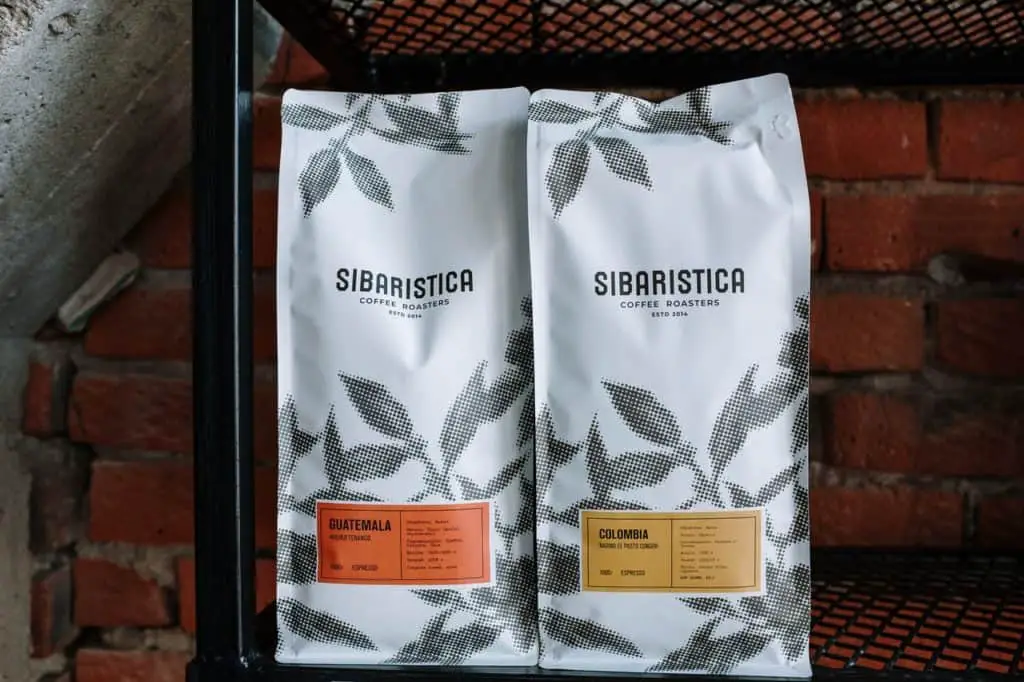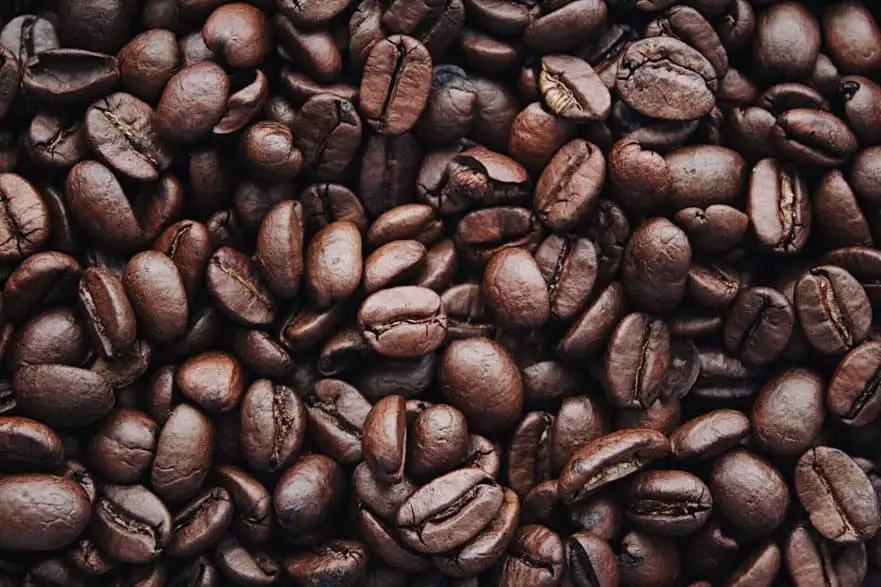
Ever wondered if that bag of coffee in your pantry is still good? The short answer: coffee doesn’t “go bad” like milk or eggs, but it can lose its flavor and quality over time. Factors like coffee type, packaging, and storage conditions play a big role in how long your beans or grounds stay fresh.
In this guide, we’ll break down how long coffee lasts, what happens when it sits too long, and how to tell if it’s past its prime. Plus, we’ll share tips to keep your coffee tasting great. Let’s dig in.
How Long Does Coffee Last?
Coffee’s shelf life depends on whether it’s whole bean, ground, or instant, and how it’s stored. The table below sums up the details:
| Coffee Type | Shelf Life (Unopened) | Shelf Life (Opened) | Storage Tips |
|---|---|---|---|
| Whole Bean | 6–9 months | 1–2 months | Airtight container, cool (50–70°F), dark, dry place |
| Ground | 3–6 months | 2–3 weeks | Airtight container, avoid heat/light, use quickly |
| Instant | 5–20 years | 1–2 years | Sealed jar, dry cupboard, away from moisture |
Whole Bean Coffee
Whole beans are the go-to for coffee lovers who want max flavor. They stay fresh longer than ground coffee because less surface area is exposed to air. If stored in an airtight container in a cool, dark, dry spot (50–70°F, <60% humidity), unopened beans keep peak flavor for 6–9 months from the roast date.
Once opened, aim to use them within 1–2 months, though they can last up to 6 months with minimal flavor loss if sealed tightly. Grind only what you need for each brew to lock in freshness, as freshly ground beans shine in pour-overs or French presses.
Ground Coffee
Ground coffee is convenient but loses flavor faster due to its larger surface area. Unopened vacuum-sealed packs stay fresh for 3–6 months. Once opened, use within 2–3 weeks for the best taste, as oxidation kicks in quickly. After a month, grounds turn stale, producing a flat, dull cup. Store in an airtight container away from heat, light, and moisture to slow this down. If you don’t own a grinder, buy small bags (8–12 oz) to finish quickly.
Instant Coffee
Instant coffee, made by freeze-drying brewed coffee, is a different beast. Unopened, it can last 5–20 years thanks to its low moisture content. Opened jars stay good for 1–2 years if kept dry and sealed. While instant coffee (e.g., Nescafé) won’t spoil, its flavor fades over time, especially in humid conditions. New specialty instant options, like Blue Bottle’s craft instant, offer better taste but follow the same storage rules.
What Happens to Coffee Over Time?

Coffee doesn’t spoil like perishable foods, but it degrades through oxidation, volatilization, and environmental exposure. Here’s what affects it:
Air: Oxygen causes beans to oxidize, dulling aroma and flavor. Ground coffee is hit hardest due to its surface area.
Moisture: Water triggers mold or rancidity, especially if beans get wet. Mold is rare but shows as white/green patches or a musty smell.
Heat: High temperatures (above 70°F) break down bean oils, turning them rancid, especially in dark roasts with surface oils.
Light: UV rays fade flavor compounds, so avoid clear containers or sunny counters.
Roast Type: Light roasts last longer (up to 2 months) than medium (6–8 weeks) or dark roasts (4–6 weeks), as dark roasts’ oils oxidize faster, per 2024 studies.
Stale coffee isn’t harmful but tastes flat, with muted flavors and weak aroma. Proper storage—airtight, cool, dark, dry—slows this process.
How to Tell If Coffee Has Gone Bad
“Bad” coffee usually means one of two things: moldy or stale.
Moldy Coffee: If water seeps into your container (e.g., spilled liquid, humid storage), mold can grow, causing a musty smell or visible white/green patches. Even damp beans without visible mold should be tossed to avoid health risks. This is rare with proper storage.
Stale Coffee: More common, staleness hits when beans lose volatile compounds. Smell your beans—if the rich, nutty aroma is weak or smells like cardboard, they’re stale. Brew a test cup; stale coffee tastes flat, bitter, or lacks depth. Visually, stale beans may look slightly duller, losing their glossy, dark sheen, but color change is subtle.
When in doubt, do the smell test first, then brew a small batch. If it’s stale, it’s safe to drink but won’t impress your taste buds.
How to Keep Coffee Fresh
To maximize freshness, store coffee right and follow this simple rules:
Airtight Container: Use a canister with a tight seal (e.g., Airscape, Fellow) to block air. Avoid clear containers exposing beans to light.
Cool, Dark, Dry Place: Keep at 50–70°F, away from stoves, ovens, or sunny windows. Pantries or cupboards work best.
Buy Small Batches: Purchase 8–12 oz bags to use within 1–2 months, as specialty roasters like Intelligentsia recommend.
Freezing: Freeze beans in vacuum-sealed bags for 6–12 months to extend life. Divide into small portions to avoid repeated thawing, which degrades flavor. Thaw at room temperature before opening to prevent condensation. Freezing is a last resort—freshly bought coffee is better.
Avoid Refrigerators: Fridges add moisture and odors, speeding up staleness.
Even with perfect storage, coffee won’t stay fresh forever. After 6 months (beans) or 3 months (grounds), flavor fades significantly, even if it’s safe to drink. Don’t hoard—buy what you’ll use in 1–2 months.
Why the Best By Date?
Most coffee bags have a best by date, typically 12–24 months from roasting, set by brands to estimate peak freshness. Unlike expiration dates, it’s a quality guideline. Roast dates (e.g., “Roasted on 05/01/25”) are more accurate, as freshness starts ticking from roasting.
If stored well, beans can stay tasty 1–2 months past the best by date, but poor storage (e.g., open bag, humid kitchen) can stale coffee sooner. Check roast dates when possible, and prioritize brands with nitrogen-flushed or valve-sealed bags for longer freshness.
Final Thoughts
Coffee doesn’t spoil like dairy, but it can go stale or, rarely, moldy. Whole beans last 1–2 months opened, ground coffee 2–3 weeks, and instant up to 2 years if stored right. Keep it in an airtight container, away from heat, light, and moisture, and do a quick smell test before brewing.
Stale coffee won’t hurt you, but it won’t wow you either. Buy small batches, grind fresh, and enjoy your coffee at its peak. Got a bag you’re unsure about? Sniff, sip, and decide—your taste buds will tell you what’s up.

